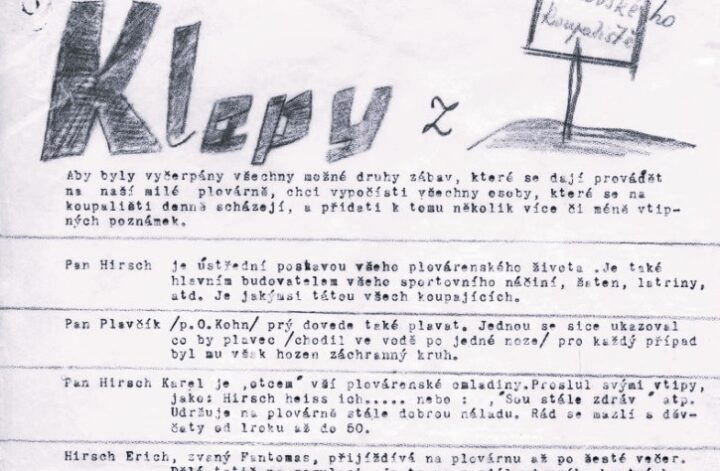Text: Tom Czaban
Photo: Jan Flaška
In his book Sapiens, Yuval Noah Harari suggests that language led to humans rising to the top of the animal kingdom. Other species can also communicate, but our uniqueness lies in the ability to talk about things that don’t exist. We can plan for the future and organize ourselves, create myths to provide unity, and ultimately cooperate.
While the positive impact of language is clear, the confusion it causes can be dangerous. To understand each other better, we need to recognize its limitations. A chief aim of communication is to convey how we feel and what we want. The goal is to close the gap between two people, help us to better understand each other, and hopefully bring us closer so we can cooperate with increased understanding. While language can bridge this gap, we’ll never close it entirely. How can another person understand what’s happening inside and outside of us in that exact moment? We don’t know what’s going on inside ourselves half the time, so even if you have the word power of Shakespeare, good luck trying to successfully communicate it.
Humility and tolerance in communication
Another issue is that we often assume we know what someone is thinking when we don’t. In his book, Talking to Strangers, Malcolm Gladwell argues that we constantly misunderstand and misjudge the behaviour of others. He provides multiple examples of the terrible consequences this can have. For example, Sandra Bland was pulled over for failing to signal a lane change. The police officer repeatedly misread her behaviour and the situation escalated. He pulled her out the car and arrested her on a felony charge. She later committed suicide in custody. All because of a minor traffic offence. Conclusion? We need to demonstrate far more patience, tolerance, and humility in our communication.
This is especially true when communicating across cultures. After several years of teaching foreign students to write in English, I’ve realized that successful communication is often more about what isn’t said. Words are rarely literal and meaning is not set in stone. Each culture has specific expectations, unspoken rules, and subtle differences in self-expression. For example, in Britain, signing off a letter with: “I would appreciate it if you solved this matter urgently”, sounds innocent enough. But understand British norms and you realise this translates to “I’m seriously pissed off and you need to resolve this NOW!” A foreign student might be inclined to write something closer to the latter, unwittingly reducing their chances of receiving a positive response. In this instance, the tone of the writing becomes the message, rendering the content irrelevant.
Meta-misunderstanding
Growing up with a Czech father, I should have realized the difficulties of communicating across cultures far earlier. He’d send text messages like: “GET BREAD FROM SHOP!” Czechs would probably find nothing wrong with this, but as a British kid the directness caused affront. “What’s his problem?” I’d think to myself, why is he angrily bossing me around like this?” For comparison, a British parent might write: “If you happen to be passing the shops, would you mind picking up some milk? Thank you!”
I can see a future where students are not only taught to read, write, and converse, but how to interpret responses, become aware of their own miscommunication, and differentiate between truth and lies. Some might see these “how to be human classes” as dystopian – i.e., what has it come to when we are teaching skills that should come naturally to human beings? But the alternative is far worse. Many of today’s communication issues are caused by the arrogance of thinking we understand each other when we don’t. If we want to maintain a semblance of peace and harmony in our lives, this meta-misunderstanding may be the greatest danger of all.




